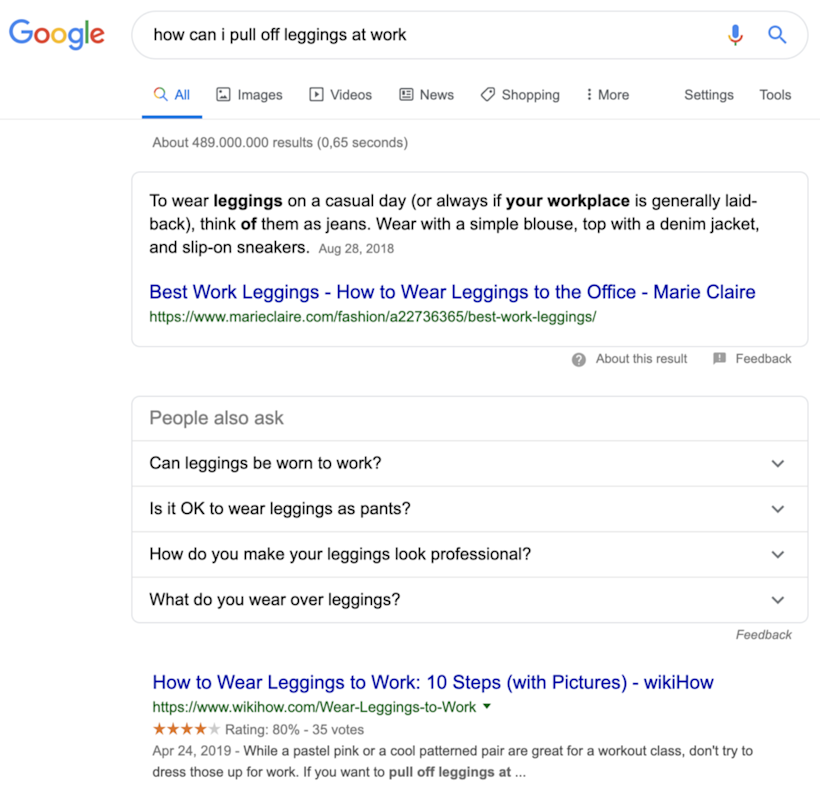
July 26, 2019
What it takes to transition to voice-first SEO in online retail
Todays’ consumers don’t default to the stores they know.
Instead, they think of a category of products, describe it in their own words to their phone, then buy a product which matches their criteria from one of the first results they get. That’s phase 1 of the mobile shopping revolution.
Phase 2 is voice shopping.
What is voice shopping?
Voice search, or the process of talking to an electronic device in order to search for something, has been on the rise for a few years now — and the tech has gotten good.
So good in fact that we have moved from simple questions like “Do I need an umbrella today?” to commands like “Alexa, add shampoo to my grocery list”, moving the needle from basic information search to voice-activated actions performed by a device.
Mobile voice search is for users who are on the move.
This voice technology relates to two very different use cases: in-home devices and mobile voice search.
The former deals with basic voice commands such as turning up the volume or switching off the lights at home.
Mobile voice search handles queries with a variety of intents. It is for “users who are on the move” and looking to get things done quickly.
So-called conversational commerce poses some sizeable challenges. The lack of visual support “rules out any kind of exploration” when users shop via voice devices. The audio response has to be trusted to have reached the intended conclusion and action.
Voice shopping is also platform-limited; for instance, if you voice-order more toilet paper to your Amazon Echo, it will exclusively add it to your Amazon shopping list.
But phase 2 of the voice revolution is coming — fast. Retailers are facing a consequential shift. Product search will no longer be about text matching, but rather a conversation between demand and inventory.
Customers will speak conversationally to their smartphone… and retailers will need (more than ever) for their products to appear among the first results.
SEO and voice search
This shift in how users search for products will push retailers to completely rethink their catalogue — and in particular their product data.
Indeed, retail products need to match up to user queries in order to compete in these new voice channels. Online, customers write, and increasingly speak, like they talk. If a user commands their device: “find me a long black dress for a cocktail party”, retailers need to be able to show off their corresponding offer instantly.
In other words, it is crucial that online retail become fluent in how users speak (to technology).
User language has been a focus in recent years as customers move away from using products’ official retail names to describe them in their own terms. But voice search takes this a step further as a more direct means of communication between the user and online retailers.
As more competitors move into the space, the question won’t simply be “how can I adapt to voice search?” but “how can I differentiate myself from the competition in voice search?”
Universal Product Ontology as a translator
The problem with natural language is that it is ever-evolving. Not only do words and categories rise and fall in trendiness, but new terms and slang arise and integrate into common language all the time.
It is impossible for a retailer to a) know every new category users search for, and b) update and re-label all relevant products to match… without spending weeks playing catch-up.
Similar.ai’s Universal Product Ontology is the response to this issue. Built by a team of engineers and product experts, this system classifies every single product category there is: brand, market, occasion, function, colour, shape, part, style… and much more.
The Ontology changes automatically and dynamically as users start talking about new trends, new styles and new ways of thinking about products.
Similar.ai’s Universal Product Ontology offers the voice-first translation layer between retailers and their customers.
Thanks to this rich understanding, our software is able to easily translate retail products into the words spoken by users.
Retail in a voice-first world
Natural language is increasingly ‘the’ way to go online. Machines are learning how to understand and guess at intent instead of defaulting to simple text matching.

This is not to be underestimated. The increasing use of natural language will impact how you write your content, redefine your brand’s tone of voice, and open the door to all kind of branded voice applications.



